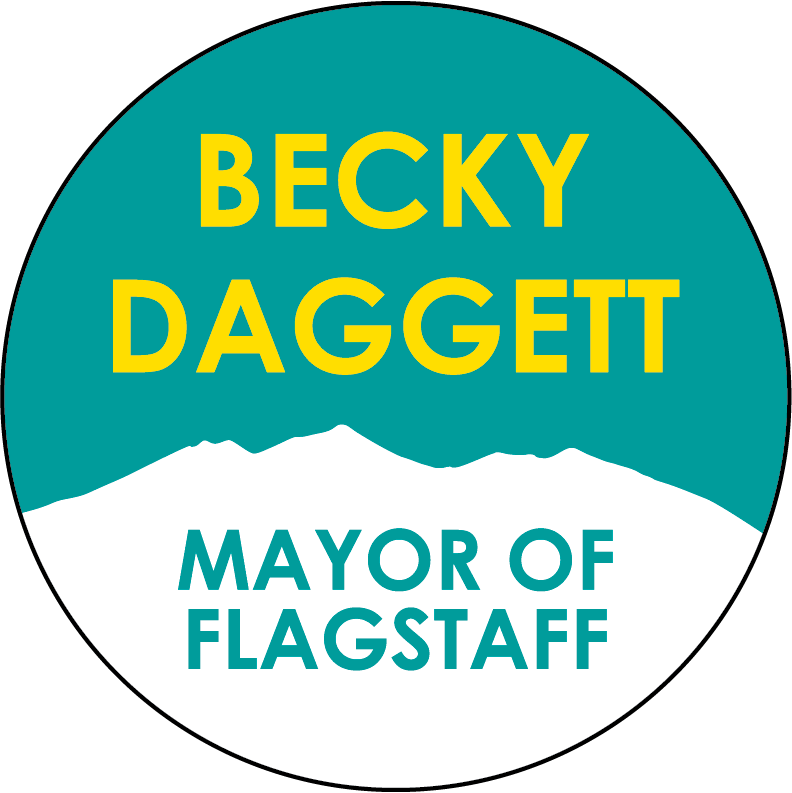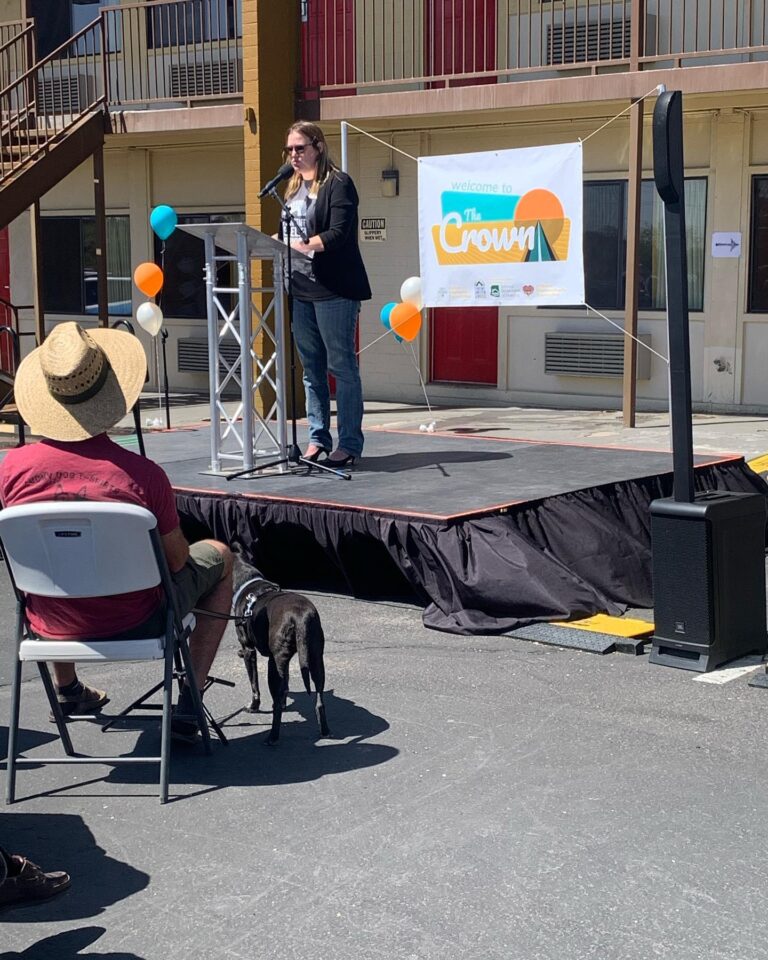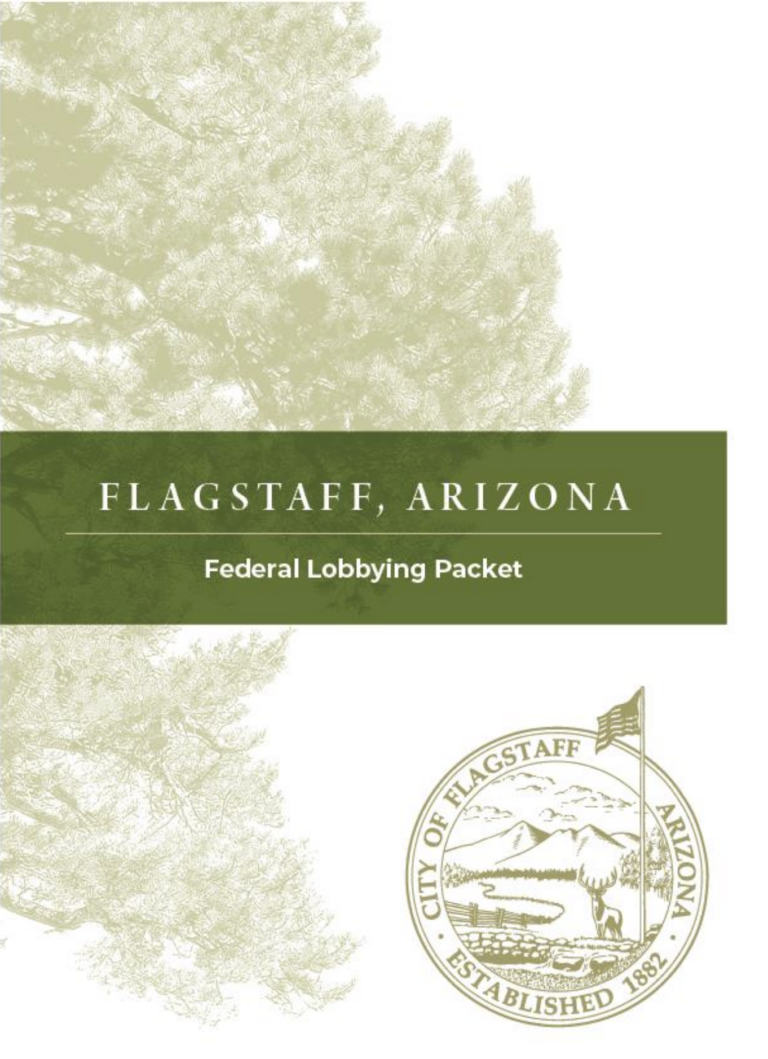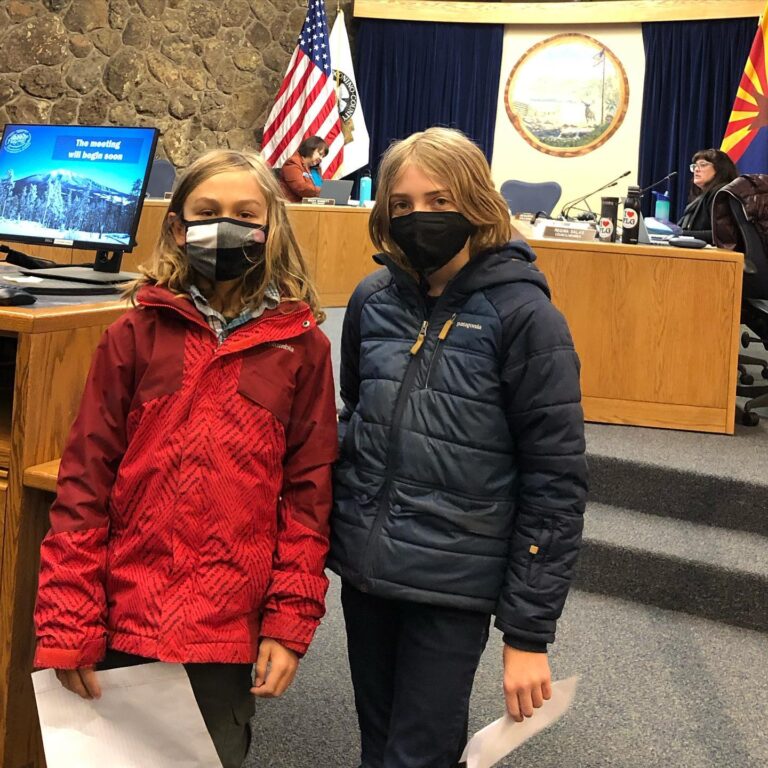Coconino Voices: What federal food benefit budget cuts mean to our neighbors
I encourage you to subscribe to the Arizona Daily Sun & support local journalism
Coconino Voices: What federal food benefit budget cuts mean to our neighbors
Heading into summer, many are thinking about vacation; however, our neighbors here in Flagstaff and across Coconino County are at risk of increased food insecurity and poverty. Therefore, we should all be concerned and speak out about the passage of the “One Big Beautiful Bill Act.”
Recently passed in the House, this extreme bill threatens to deepen the crisis of food insecurity, cutting nearly $300 billion from the Supplemental Nutrition Assistance Program (SNAP), formerly known as food stamps. This move guts one of our most effective economic assistance programs — a lifeline that helps families, seniors, individuals living with disabilities, and working Arizonans keep food on the table.
These cuts were negotiated behind closed doors and then voted on in the wee hours of the morning. The bill includes $4.5 trillion in tax breaks, which, according to the Congressional Budget Office (CBO), would negatively impact those on the lowest 10% of the income scale and benefit those on the highest 10%.
We live in a vibrant community, however, Flagstaff and Coconino County rank higher in food insecurity than the state and national averages. In fact, according to Feeding America’s Map the Meal Gap data, 21.7% of children in the county lack reliable access to enough food for a healthy, active lifestyle.
This challenge is compounded by higher grocery prices, a housing crisis, and in some areas, limited access to basic utilities like running water and electricity. For many of our local families, food becomes the last priority when juggling rent, prescription medications, childcare, and transportation.
What do these changes mean for our local community? Roughly 25k people right here in Congressional District 2 are at risk to lose some SNAP benefits, while an additional 14k are at risk to lose all of their SNAP benefits. Arizona SNAP participants currently average less than $6 per day in benefits. With the current cost of meals already outpacing SNAP benefits by 62% in Coconino County, lowered monthly assistance means that families and other benefit recipients living in Flagstaff and throughout Coconino County will be able to spend even less on groceries — leading to worse health and educational outcomes, work performance, and higher poverty rates.
Additionally, this bill imposes stricter work requirements. Framed as accountability, this really just equates to more red tape and higher barriers to the program. In rural areas like Coconino County, where job access and transportation are already limited, these requirements will only push even more residents out of the program.
These budget cuts come simultaneously with other cuts to programs that incentivize healthy eating. Local farmers, such as Forestdale Farm, which grows food for local schools, food banks and other underserved communities in the region, will be impacted by cuts to the Local Food Purchase Assistance Cooperative Agreement Program (LFPA). When paired with the cuts to other programs that support our local farmers and food systems, food insecurity is bound to increase, leaving fewer resources for Arizona farmers and a weakened local food system. Food banks serving our community are already facing record demand. From 2019 to 2024, the number of households served by the Flagstaff Family Food Center’s box program increased by 176%, and their kitchen program served 101% more meals.
The recently-passed bill also proposes shifting up to 25% of SNAP food costs to the state. For Arizona, the Center on Budget and Policy Priorities projects the state would need to contribute at least $500 million annually to keep the SNAP program fully funded at current levels.
The potential harm is exemplified through many stories. For example, Robert, a 66-year-old Flagstaff Family Food Center client with a severe heart condition, survives on minimal Social Security and just $100 in monthly SNAP benefits. Unable to work, he relies on the food bank to stretch his limited income, using the savings to keep his car running for medical appointments. “SNAP helps me stay alive,” he says. Robert’s story shows how vital food assistance programs are — they offer dignity, stability, and survival for those already doing everything they can to stay afloat.
These aren’t just budget cuts — they’re choices. And they come at a high price: more hunger, weaker local economies, and fraying economic assistance programs. The CBO estimates that this bill would increase the national debt by $3.8 trillion, which would be at the expense of our children and seniors.
Now is the time to let our Senators know these cuts are shortsighted and will negatively impact vulnerable people throughout our state. If you’d like to learn more, visit hotfood.org to read the Flagstaff Family Food Center’s 2024 Northern Arizona Food Equity Report and find contact information for Arizona Senators Ruben Gallego and Mark Kelly.
Becky Daggett is the Mayor of Flagstaff. This column reflects her personal views and doesn’t necessarily reflect those of the City of Flagstaff or the Flagstaff City Council.
Ethan Amos is the President & CEO of the Flagstaff Family Food Center







